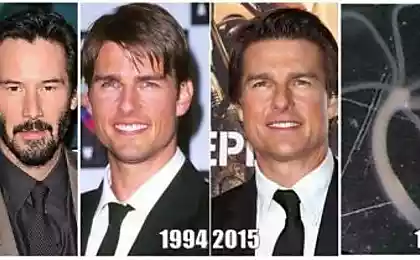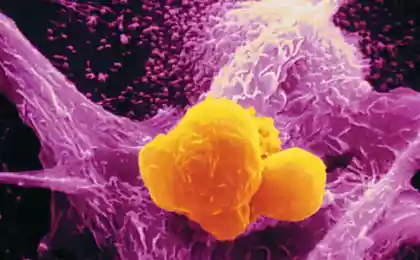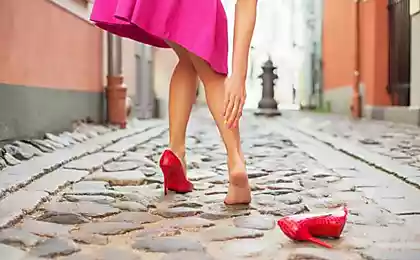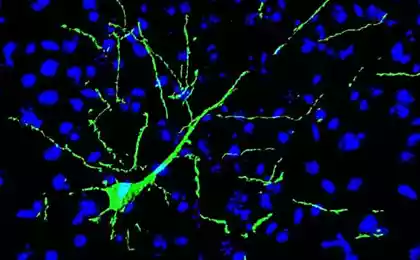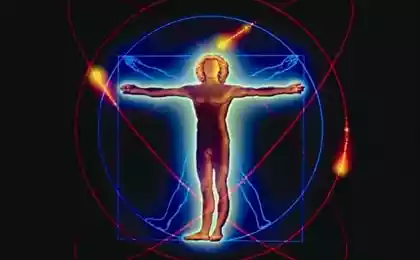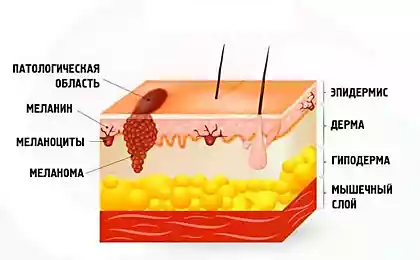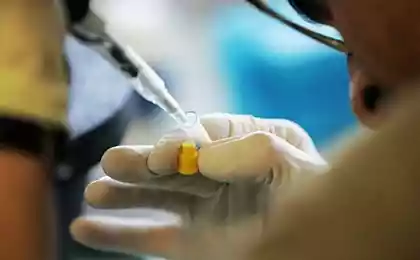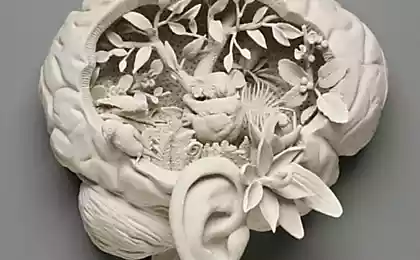491
10 facts about cells, helping us to go
Today we tried to assemble 10 facts about a specific type of nerve cells that "live" only in the cerebellum and are responsible for our coordination of movements of the Purkinje cells.
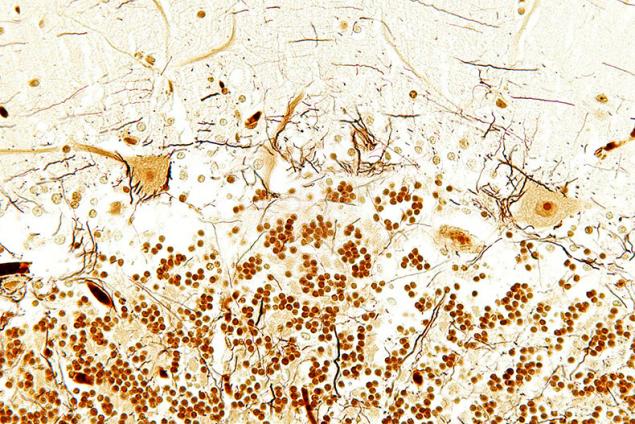
1. Himself the discoverer of these cells, Jan Evangelista Purkinje, the great Czech, laid in addition to neuroanatomy and even the basics of cinema and fingerprinting. Interestingly, the word "cells" he did not use. He called the newly discovered ganglion cell bodies, and instead of the term "cage" used to say "balls" or "seeds".
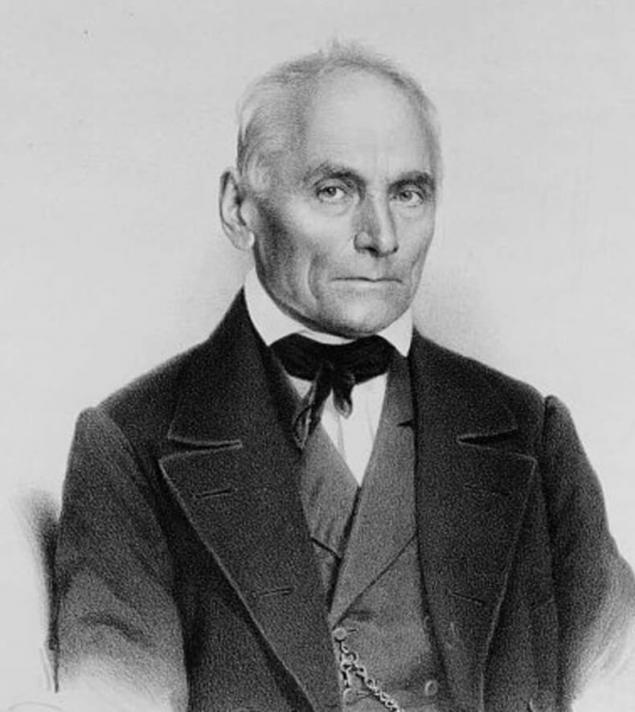
Jan Evangelista Purkinje
2. In a textbook illustration of the Purkinje cell, made by the great founder of modern neuroscience, Santiago Ramon and Cajal, they sketched from drug medulla of the pigeon. Another fact: they are painted in this picture by the method of arch-rival y Cajal Camillo Golgi.
Actually, this method that is popularized by Cajal. And Yes, the picture not only Purkinje cells. There's more, and granular cells (marked with letter C) — very small neurons, which can be seen not only in the cerebellum but also in the dentate gyrus of the hippocampus, for example.
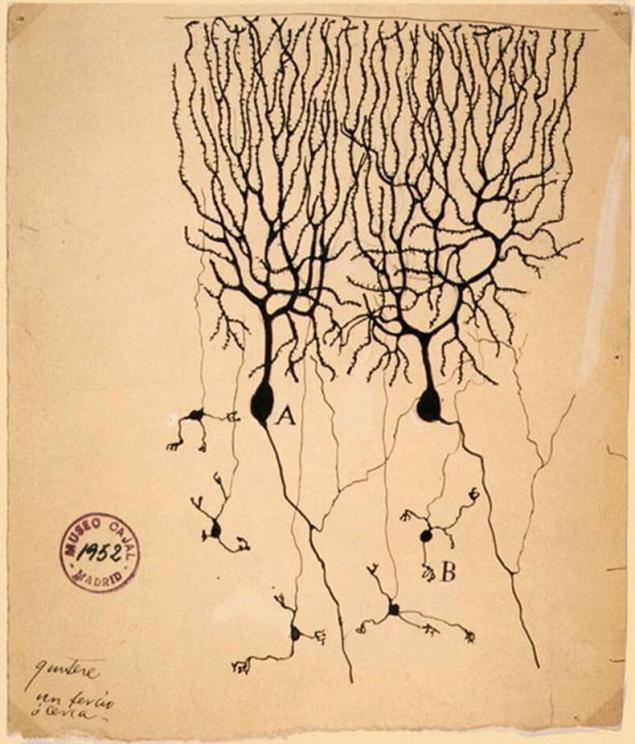
3. When you go home, staggered out of the bar, know that the alcohol got to your Purkinje cells, which are responsible for coordination of movement. Even small doses of alcohol affect your cells.
4. Purkinje cells "Mature" in person only to eight years. That is why little children are so clumsy.
5. In the cerebellum, only about 26 million Purkinje cells. But this is average. The most Mature cells of Purkinje — gymnasts, ballet dancers and figure skaters. Exercises help the cells to Mature.
6. Purkinje cells are rich in so-called "protein Purkinje cell" — PCP4, which plays an important role in synaptic plasticity. The PCP4 gene knockout in mice leads to violations of the musculoskeletal device.
7. The question of the origin of the Purkinje cell in the body is still open, however, there is evidence in favor of a common "stem" ancestor of the Purkinje cell, B-lymphocytes and aldosterone-producing cells of the adrenal glands.
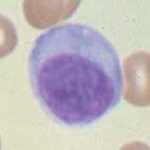
In the lymphocyte
8. A neurotransmitter that "use" of Purkinje cells in the gamma — aminobutyric acid. So they belong to the class of GABA-eliteskin neurons.
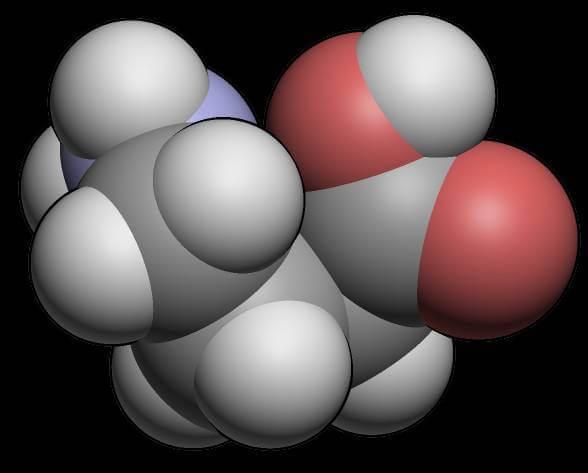
The GABA molecule
9. One of the most famous diseases affecting Purkinje cells — the disease of Ungheria-Lonborg (family myoclonia), leading to regular epileptiform convulsions and seizures.
10. Another "personalized" disease that leads to progressive loss of Purkinje cells is Niemann-pick disease. And disease Ungheria-Lonborg, and Niemann-pick disease — hereditary, and are treated with great difficulty.published
Technique 9 — learn is influenced by what stars you were bornWe control parasites. Literally
Source: www.neurotechnologies.ru/articles/10purkine

1. Himself the discoverer of these cells, Jan Evangelista Purkinje, the great Czech, laid in addition to neuroanatomy and even the basics of cinema and fingerprinting. Interestingly, the word "cells" he did not use. He called the newly discovered ganglion cell bodies, and instead of the term "cage" used to say "balls" or "seeds".

Jan Evangelista Purkinje
2. In a textbook illustration of the Purkinje cell, made by the great founder of modern neuroscience, Santiago Ramon and Cajal, they sketched from drug medulla of the pigeon. Another fact: they are painted in this picture by the method of arch-rival y Cajal Camillo Golgi.
Actually, this method that is popularized by Cajal. And Yes, the picture not only Purkinje cells. There's more, and granular cells (marked with letter C) — very small neurons, which can be seen not only in the cerebellum but also in the dentate gyrus of the hippocampus, for example.

3. When you go home, staggered out of the bar, know that the alcohol got to your Purkinje cells, which are responsible for coordination of movement. Even small doses of alcohol affect your cells.
4. Purkinje cells "Mature" in person only to eight years. That is why little children are so clumsy.
5. In the cerebellum, only about 26 million Purkinje cells. But this is average. The most Mature cells of Purkinje — gymnasts, ballet dancers and figure skaters. Exercises help the cells to Mature.
6. Purkinje cells are rich in so-called "protein Purkinje cell" — PCP4, which plays an important role in synaptic plasticity. The PCP4 gene knockout in mice leads to violations of the musculoskeletal device.
7. The question of the origin of the Purkinje cell in the body is still open, however, there is evidence in favor of a common "stem" ancestor of the Purkinje cell, B-lymphocytes and aldosterone-producing cells of the adrenal glands.

In the lymphocyte
8. A neurotransmitter that "use" of Purkinje cells in the gamma — aminobutyric acid. So they belong to the class of GABA-eliteskin neurons.

The GABA molecule
9. One of the most famous diseases affecting Purkinje cells — the disease of Ungheria-Lonborg (family myoclonia), leading to regular epileptiform convulsions and seizures.
10. Another "personalized" disease that leads to progressive loss of Purkinje cells is Niemann-pick disease. And disease Ungheria-Lonborg, and Niemann-pick disease — hereditary, and are treated with great difficulty.published
Technique 9 — learn is influenced by what stars you were bornWe control parasites. Literally
Source: www.neurotechnologies.ru/articles/10purkine
Depression: what it is possible to confuse
In Australia abandoned gold mine turned into storage solar energy




